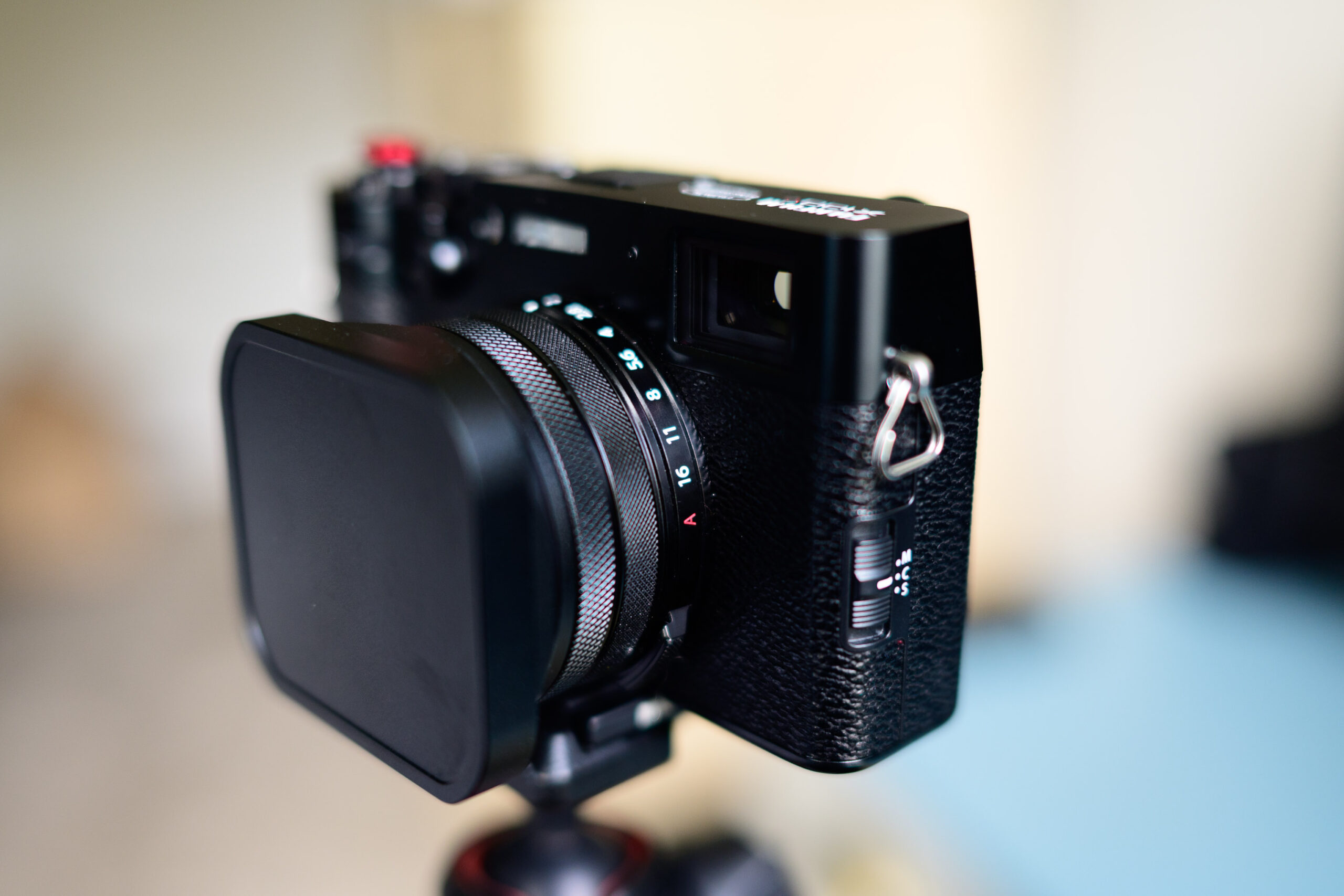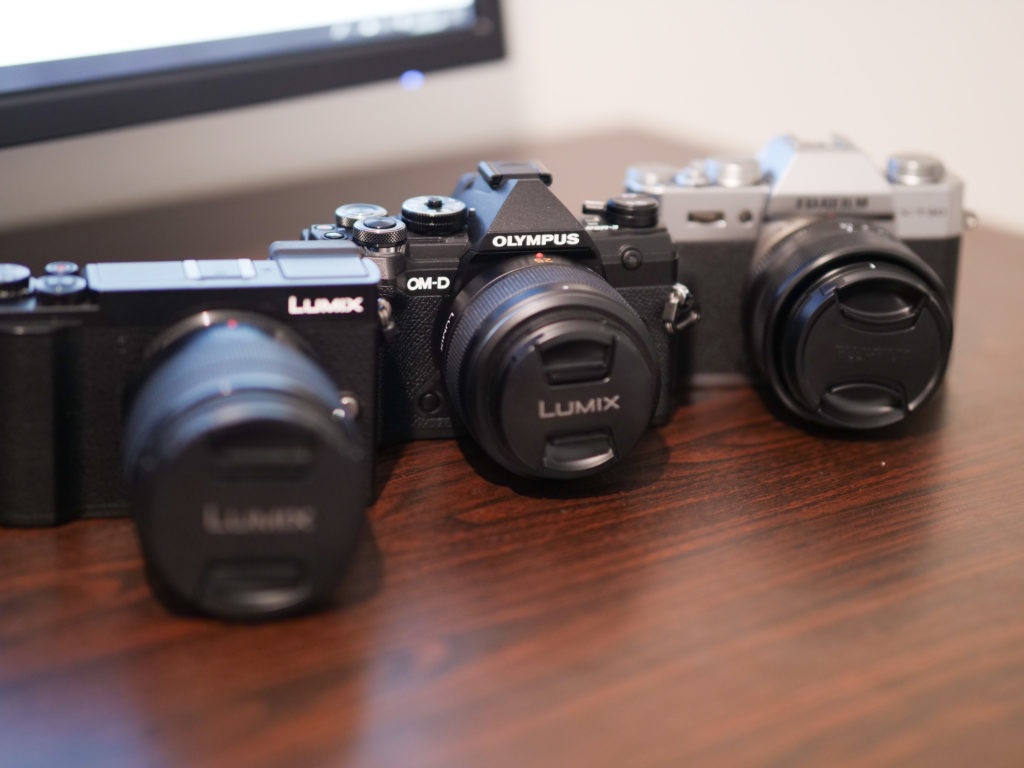How I Cured Gear Acquisition Syndrome (GAS) and Focused on My Photography Goals
I’ve finally learnt how to overcome gear acquisition syndrome in photography and I’d like to share what helped me.
In today’s fast-paced world of photography, it’s easy to get caught up in the endless cycle of buying new gear. Whether it’s the latest camera body, a new lens, or other accessories, many photographers experience Gear Acquisition Syndrome (GAS) at some point. I know I did. Over the last 10 years of my non-professional photography journey, I owned far too many cameras, constantly upgrading and switching gear in search of the next best thing. However, I realized something important: buying more gear wasn’t making me a better photographer.
In this blog post, I’ll explain how I cured GAS, simplified my photography kit, and redirected my focus towards what really matters: creating meaningful photographic work and achieving my personal photography goals. This shift has not only improved my photography but has also allowed me to regain the joy of shooting, unburdened by the pressure of owning the latest and greatest gear.
If you are already over the GAS stage then head on over to my personal blog where this week I discuss the work of Ernst Haas
How to overcome gear acquisition syndrome in photography.
Firstly, What Is Gear Acquisition Syndrome (GAS)?
Before we dive into how I cured it, let’s talk about what Gear Acquisition Syndrome (GAS) actually is. GAS is the constant desire to purchase new photography equipment, even when it’s not necessary. You might convince yourself that a new camera body or a specific lens will take your photography to the next level, or you feel pressure to keep up with the latest gear trends, thinking it will improve your work. While upgrading your gear can be useful in some cases, it often becomes a distraction from what truly matters: the art and purpose behind your photography.
My Personal Struggle with GAS
In the past 10 years, I fell into the trap of constantly upgrading my equipment. I’ve owned countless cameras, ranging from entry-level DSLRs to advanced mirrorless systems. I’d read reviews, watch videos, and believe that each new piece of gear would somehow transform my photography. However, during the 5 years I spent as a professional photographer, I only had two cameras—and that was more than enough. Back then, I was entirely focused on the work, not the gear.
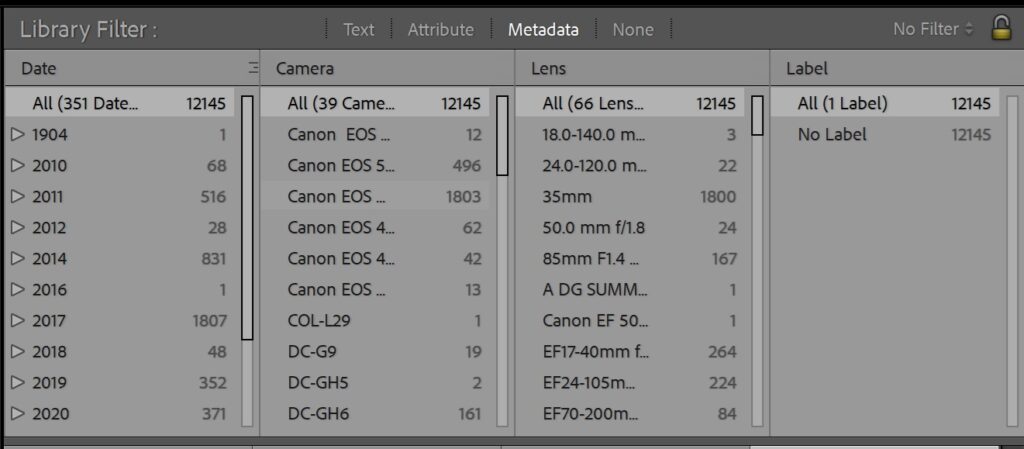
As I transitioned into a non-professional photography role, I found myself paying more attention to the latest gear releases and less attention to what I was actually photographing. I became obsessed with having the latest technology, thinking it would make me a better photographer. But deep down, I knew it wasn’t the gear that mattered—it was my vision and technique.
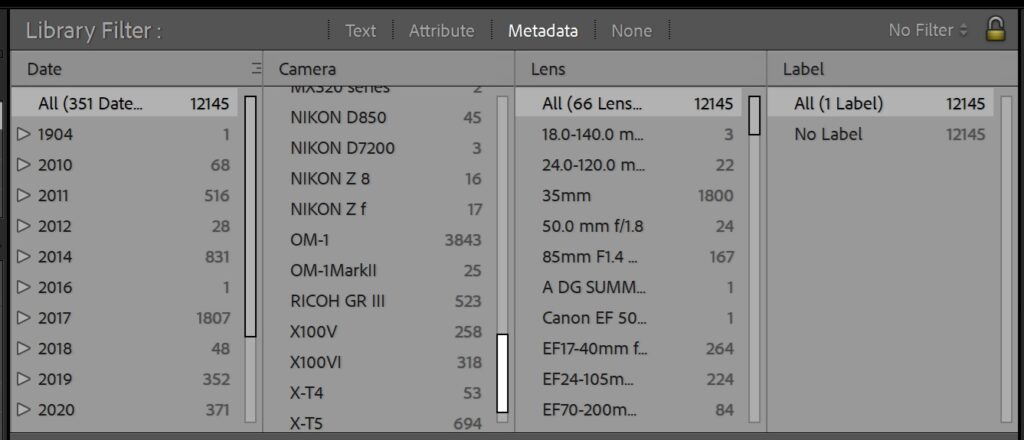
The Turning Point: Focusing on What Matters
After years of chasing gear, I started asking myself some serious questions about what I really wanted from photography. What is the purpose of my work? What kind of photography do I want to create? The answer was clear: I wanted to create story-driven, meaningful photography, focusing on social and environmental projects. Gear was simply a tool to achieve those goals, not the goal itself.
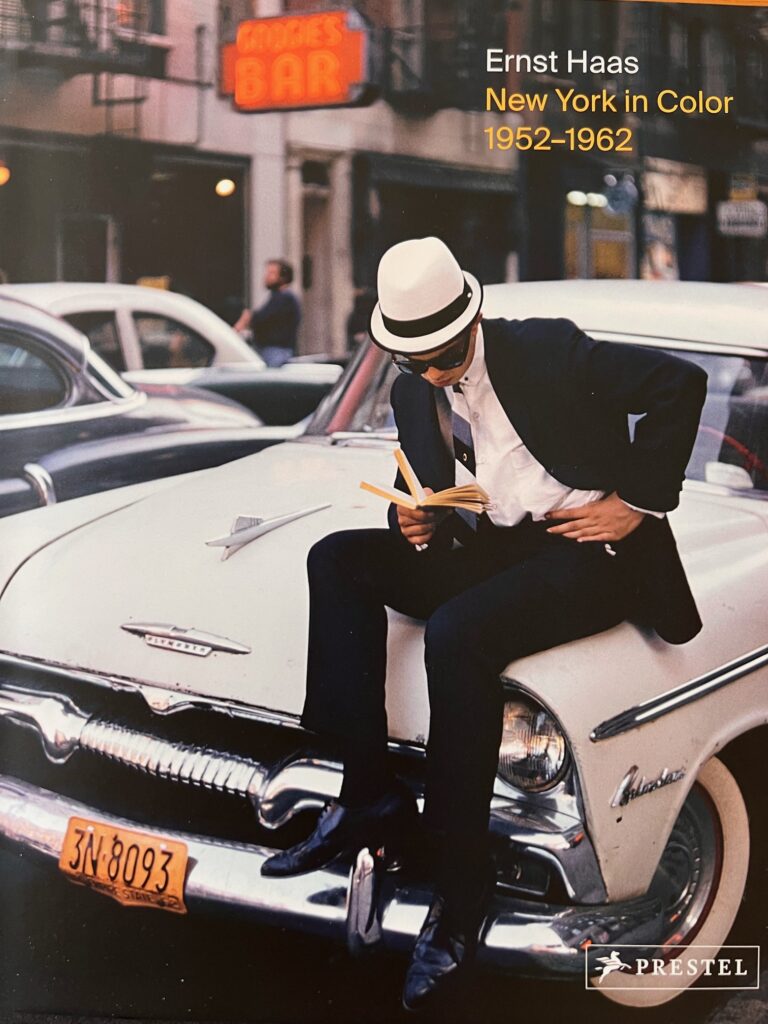
At that moment, I decided to simplify my gear collection and focus on only what I needed to produce the kind of photographic work I care about. By streamlining my kit, I stopped thinking about the latest tech and started thinking more about the techniques and projects that would help me achieve my goals.
Simplifying My Gear
One of the first steps I took to cure GAS was to significantly reduce the number of cameras I owned. I now focus on just a few key pieces of equipment that I need for the work I want to do. Instead of constantly switching between camera bodies and lenses, I’ve honed in on a setup that works for me: the Fuji X100Vi and Fuji XT5, along with a couple of small, versatile prime lenses. These cameras allow me to capture the images I need without the distraction of having too many choices.

By limiting my gear, I’ve noticed that my creativity and focus have increased. I’m no longer wasting time researching the next camera upgrade or worrying about whether my gear is good enough. I’m able to concentrate on my photography projects, honing my skills, and telling the stories that matter to me.
Refocusing My Photography and YouTube Channel
This shift in mindset has not only impacted my photography but also the direction of my YouTube channel. When I first started making videos, a lot of the content was focused on gear reviews and comparisons. But as I’ve re-evaluated my goals, I’ve realized that I don’t want my channel to be about gear anymore. Instead, I want to focus on photography techniques, the projects I’m working on, and the inspiration behind my work.
My future content will highlight photography as an art form and how we can use it to tell meaningful stories, whether those are personal projects or broader social or environmental issues. Of course, I’ll still mention gear when it’s relevant to a project, but it will no longer be the focus of my channel. My goal is to connect with like-minded people who care more about the purpose behind photography than the equipment we use.
How You Can Overcome GAS
If you’re struggling with Gear Acquisition Syndrome, here are a few tips to help you break free and refocus on your photography goals:
- Ask yourself why you need new gear: Do you really need that new camera, or are you just upgrading because it’s the latest trend? Think critically about whether new gear will truly improve your photography or if you’re just falling into the trap of consumerism.
- Focus on your photographic goals: What kind of photography do you want to create? Whether it’s street photography, documentary work, or creative portraiture, think about the type of work you want to produce and what gear you actually need to achieve those goals.
- Simplify your kit: By reducing the amount of gear you own, you’ll spend less time thinking about equipment and more time taking photos. Limiting your options can also boost creativity by forcing you to work within constraints.
- Shift your mindset: Stop thinking of gear as the answer to better photography. Instead, focus on improving your skills, mastering the tools you already have, and working on meaningful projects that inspire you.
Conclusion: Gear Isn’t Everything
For a long time, I thought that having the best gear would make me a better photographer, but I’ve since learned that this isn’t the case. Photography is about storytelling, creativity, and technique—not the latest camera or lens. By curing my Gear Acquisition Syndrome and focusing on my goals, I’ve rediscovered the joy of photography and am more motivated than ever to work on projects that truly matter.
If you’ve been struggling with GAS or feel like gear is distracting you from your creative goals, I hope this post helps you refocus on what’s really important in your photography journey.
To dive deeper into how I cured my own GAS and how I’m moving forward with my photography, check out my latest video: How I cured GAS and saved myself thousands

